What is included in living wage? This question is rather difficult. Although the standards are established by the state, they are still constantly changing. Therefore, these changes have to be carefully monitored. As a rule, if a person does not have that very minimum, he can be recognized as needy. In Russia, state support is provided for such citizens. So what is included in the cost of living? How much is it at the moment? What must every citizen of the country be provided with without fail? About all this further!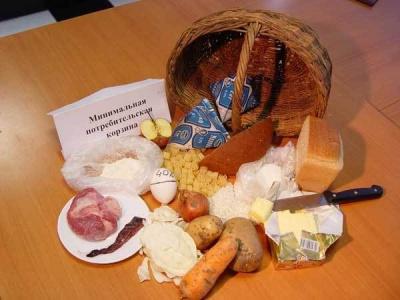
By categories
To be honest, our today's question includes a huge number of features. What is included in cost of living in Russia for 2016? For starters, this is cash. They are usually accepted in the first place to understand by "minimum".
Just the size of these is constantly changing. Moreover, much depends on which category of citizens you belong to. In Russia, this is taken into account. So, for example, for children the indicator will be one, and for the able-bodied population - completely different. Where did this rule come from?
All this was invented on the basis of human needs in a given period of life. The cost of living should ensure a normal life for the citizen. So to speak, to supply it with the most necessary for life and health without excesses and luxury. More specifically, how much money is currently allocated to certain categories of citizens?
Money
It has already been said that the cost of living, at least in monetary terms, is constantly changing. You have to find out the exact information for a specific period of time. At the moment, this figure has increased slightly. In any case, for some individuals.
In the 1st quarter of 2016, there were 9,776 rubles per capita. It is for this amount that you will have to provide for your life. If you think about it, not so much (given the constant rise in prices in Russia). But pensioners were less fortunate. For them, at least a month amounted to only 8,025 rubles.
Two more categories of citizens for whom the minimum monetary expression has different meanings are the able-bodied population and children. The first put 10 524 rubles, and the second - 9 677 rubles. Such standards are currently set in Russia. Now it’s clear how much the cost of living is for 2016 (1 quarter) in monetary terms. But do not rush to rejoice!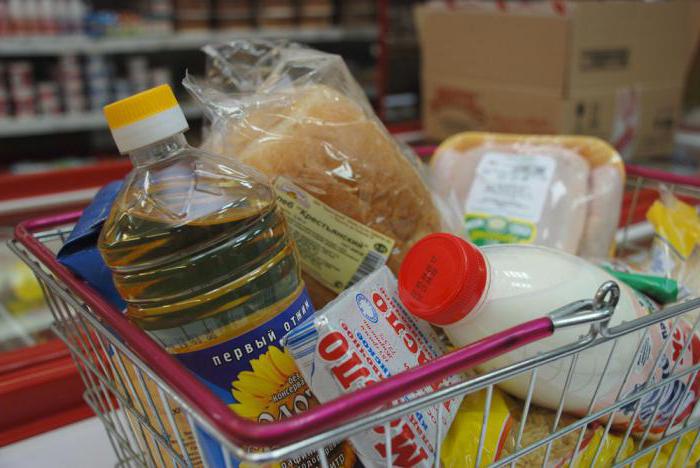
Does not converge
Why? The whole problem is that in most cases a decent standard of living for the indicated amounts is simply impossible to provide. Prices are only rising, and rapidly. At the same time, the income of citizens decreases. And if it rises, then he does not keep pace with the price growth rate. Therefore, “surviving” can be very difficult.
By the way, Russia is perhaps the only country where the "minimum for life" exceeds minimum wage population. This is not too good. To think about how much a living wage is in the country, it makes almost no sense when your income is not too high. Or it is average, but in the family you have a lot of members.
Nevertheless, from somewhere after all this very minimum is taken! He’s not just being invented in the government! Really. After all, there are some features and moments that are included in the cost of living. Just for the amounts indicated above. In any case, the state believes that citizens should "fit" into them for monthly expenses.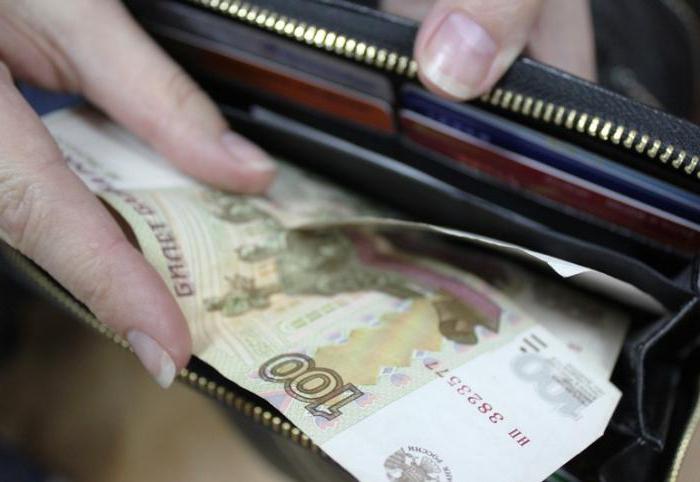
Consumer basket
All this thanks to a developed system called the consumer basket. It includes everything that should be provided to citizens for normal life.And nothing depends on your desires - no personal preferences or frills! Please note: the calculation of the consumer basket takes into account a period of 12 months!
What is included in the cost of living? These are goods and services that provide a certain (minimum) standards of living taking into account the term "life" of some items. Consumer basket also depends on the category of citizens. And includes three main components: products, non-grocery goods and services. Now in Russia there are rules established back in 2013. So far, the consumer basket has not changed. In any case, it is assumed that it is valid until 2018. What is included in it? Considering options is better for the working-age population. It is it that makes up the bulk of the country's inhabitants.
Products
A huge role (and a large proportion of the population) is played by able-bodied citizens. Already by the monetary minimum, it is clear that such persons rely on the most resources and services. So it is here that the biggest indicators will be.
First of all, pay attention to a set of products. Consumer basket indicates only the most necessary components. It doesn’t matter if you use this or that component or not. According to the minimum, able-bodied citizens are required (in kilograms):
- bread products - 126.5;
- potatoes - 100.4;
- vegetables - 114;
- fruit - about 60;
- sugar and "confectionery" - by 24;
- 58.5 meat products, 19 - fish;
- dairy products - almost 300 (more precisely, 290);
- 210 eggs;
- fats (margarine, oils and so on) - 10.
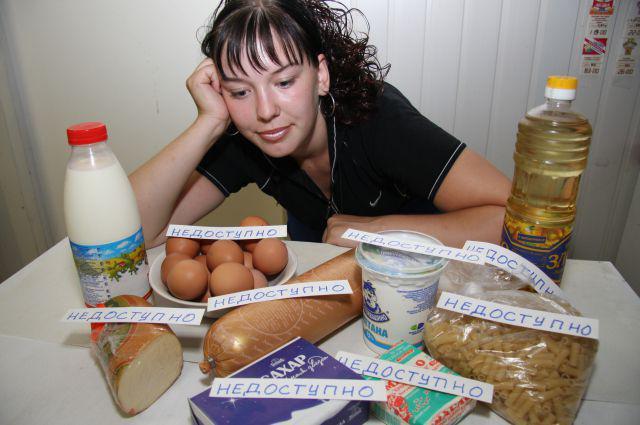
Please note: various cereals and pasta are classified as bread products. Also included are legumes, bread, flour, bakery products. In addition, about 5 kilograms are allotted for other “expenses”. Here is a set of products provides our minimum. Other food products include: salt, tea, coffee, a variety of spices. In general, everything that can be eaten, as well as what is not included in the above detailed list.
Not food
What are the essential goods? And what is included in the list of non-food minimum? These include:
- outerwear (coat);
- costume and dress component (upper);
- Underwear;
- hats;
- hosiery;
- footwear;
- stationery (including school supplies);
- linens;
- household goods;
- essential goods (medicines, sanitary items).

Accordingly, each of them is also assigned a certain amount. Able-bodied citizens can rely, respectively, on the following indicators (the quotation marks indicate the period of "life" in years, pieces and pairs of components are taken into account):
- 3 (7,5);
- 8 (4);
- 9 (2,4);
- 7 (1,5)
- 5 (5);
- 6 (3,3);
- 3 (1);
- 14 (7);
- 19 (10,4);
- 10% of the cost of non-food items.
Services
The physiological cost of living for the able-bodied population does not end there. It remains to consider the compulsory services that each citizen should receive on average per year. All this is not so difficult to understand, but remembering the exact data is not easy! So, obligatory services include:
- housing (18 square meters);
- heating (6.7 Gcal);
- water (cold and hot - 285 liters per day);
- gas (10 cubic meters / month);
- electricity (per month 50 kilowatts);
- transport (620 trips per year);
- "cultural" services (5% of expenses);
- other (15% of the cost).
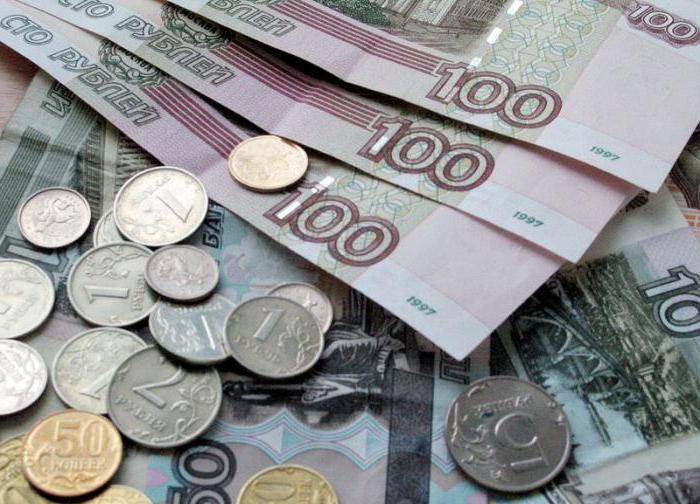
All of the above is a social living wage for citizens. More precisely, it takes into account only what is necessary for an average able-bodied person in the country. But only on this issue there is one huge drawback. Which one? Now let's figure it out.
Does not work
The whole problem is that often the entire consumer basket does not take into account the cost of services. That is, it is calculated with an approximate calculation of the average price tags for the country. But in different regions various prices prevail for goods, and for products, and for services.
Plus, if you think about and divide, for example, food products by 12, you get indicators that a citizen should “consume” per month. It is almost impossible to "fit" into the cost of living (monetary terms).After all, the cost of services and goods in the regions is constantly increasing. And wages, as has already been said, are either reduced or remain unchanged.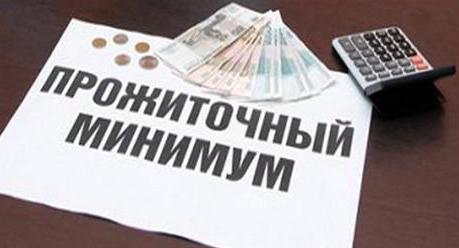
This means that in practice it is almost impossible to equip yourself with everything you need only at the expense of minimal cash. Only if you buy only food products on them. And then the diet will not be too enriched. Thus, for the population, the established minimum living conditions seem to be a complete mockery! Now it’s clear what is included in the cost of living. Most of the population does not agree with these indicators. It has already been said - living under these restrictions is extremely difficult!









And dress.
Who invents all this?